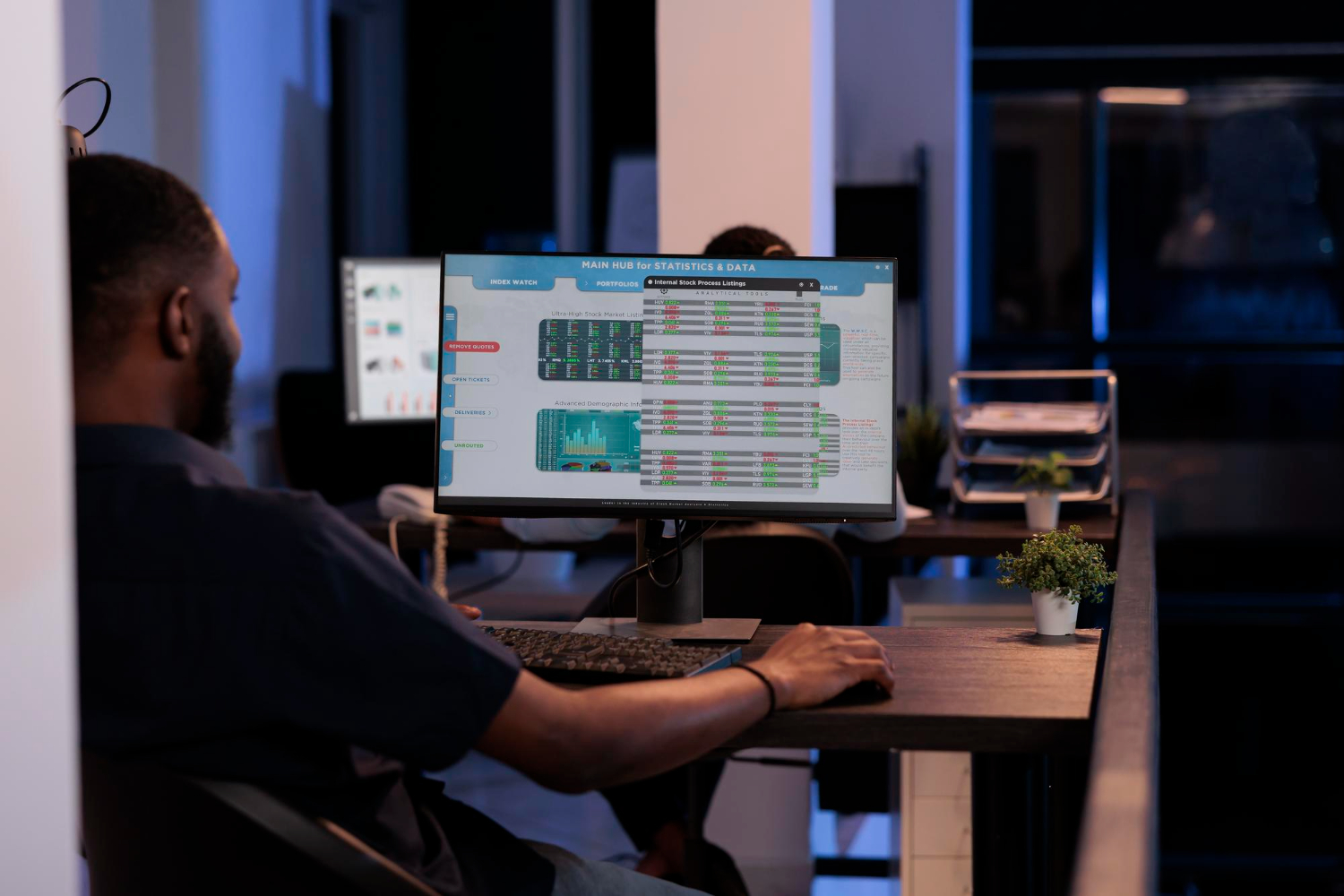Introduction
S&P futures are a popular trading instrument that provides insight into the future performance of the S&P 500 Index. Understanding the trading hours for S&P futures is crucial for traders aiming to optimize their strategies and capitalize on market movements. This guide delves into the specific trading hours, the different sessions, and tips for effective trading.
Why Trade S&P Futures?
S&P futures allow traders to speculate on the future value of the S&P 500 Index, offering a way to hedge investments, diversify portfolios, and gain exposure to a broad market index. These futures contracts are highly liquid and provide opportunities for profit during various market conditions.
Benefits of Trading S&P Futures
· Liquidity: High trading volume ensures ease of entry and exit.
· Leverage: Traders can control large positions with relatively small capital.
· Hedging: Protects against potential losses in other investments.
· Market Access: Enables trading nearly 24 hours a day.
Understanding S&P Futures Trading Hours
S&P futures trade nearly 24 hours a day during the business week, with breaks for maintenance and other adjustments. The extended trading hours allow for continuous market access, which is crucial for responding to global events and news that can impact market movements.
Regular Trading Hours
CME Globex Trading Platform
· Sunday to Friday: 6:00 PM to 5:00 PM Eastern Time (ET) the following day.
· Daily Break: 5:00 PM to 6:00 PM ET.
The primary trading platform for S&P futures is CME Globex, which facilitates electronic trading and offers extensive trading hours. The market opens on Sunday evening and runs continuously until Friday evening, with a daily maintenance break.
Different Trading Sessions
The trading day is divided into different sessions, each with its own characteristics and typical market behaviors.
1. Asian Session
· Hours: 6:00 PM to 2:00 AM ET.
· Characteristics: Lower volatility and trading volume compared to other sessions. Influences from Asian markets, such as Japan and China, can impact S&P futures during this time.
2. European Session
· Hours: 2:00 AM to 11:00 AM ET.
· Characteristics: Increased volatility and trading volume. European market openings, including London and Frankfurt, significantly impact price movements.
3. U.S. Session
· Hours: 8:30 AM to 4:00 PM ET.
· Characteristics: Highest volatility and trading volume. Overlaps with the European session and covers the U.S. stock market trading hours. Economic data releases and corporate earnings reports often occur during this period, driving significant market activity.
Key Considerations for S&P Futures Trading
1. Monitor Global Events
Given the nearly 24-hour trading schedule, global events and news can affect S&P futures prices at any time. Stay informed about economic reports, geopolitical developments, and other factors that can influence the market.
2. Understand Market Overlaps
The overlap between the European and U.S. sessions (8:30 AM to 11:00 AM ET) typically sees the highest trading activity and volatility. This period can present both opportunities and risks, requiring careful analysis and strategy.
3. Utilize Technical Analysis
Technical analysis tools and indicators can help identify trading opportunities and trends. Commonly used tools include moving averages, Bollinger Bands, and Relative Strength Index (RSI).
4. Risk Management
Employing proper risk management techniques is crucial in futures trading. This includes setting stop-loss orders, diversifying trades, and managing leverage to protect against significant losses.
5. Choose the Right Trading Platform
Select a trading platform that offers robust tools, real-time data, and reliable execution. CME Globex is the primary platform for trading S&P futures, known for its advanced features and global accessibility.
Conclusion
Understanding the trading hours and sessions of S&P futures is essential for effective trading. By staying informed about market hours, global events, and utilizing appropriate trading strategies, traders can optimize their opportunities in the S&P futures trading hour’s market. Whether you are hedging investments or seeking profit from market movements, mastering the intricacies of S&P futures trading hours can significantly enhance your trading performance.
FAQs
· What are the trading hours for S&P futures on CME Globex?
· S&P futures trade from Sunday 6:00 PM to Friday 5:00 PM ET, with a daily break from 5:00 PM to 6:00 PM ET.
· Why is the overlap between the European and U.S. sessions important?
· This overlap typically sees the highest trading activity and volatility, presenting both opportunities and risks for traders.
· How can global events impact S&P futures trading?
· Global events such as economic data releases, geopolitical developments, and market news can influence S&P futures prices at any time, given the nearly 24-hour trading schedule.
· What are some common technical analysis tools used in S&P futures trading?
· Popular tools include moving averages, Bollinger Bands, and Relative Strength Index (RSI).
· Why is risk management important in futures trading?
· Proper risk management helps protect against significant losses, ensuring that traders can sustain their positions and capitalize on opportunities.
· Which trading platform is recommended for S&P futures trading?
· CME Globex is the primary platform, offering advanced features, real-time data, and global accessibility.

